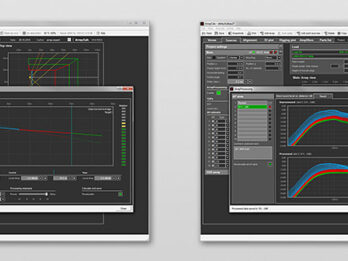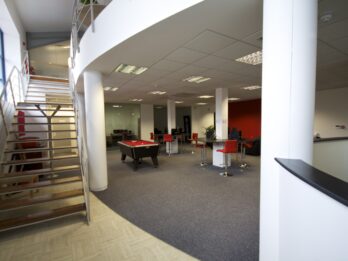Soul SurviVor
d&b ArrayProcessing changes the game for Soul Survivor, a Christian summer festival attracting thousands to a Big Top by improving the acoustic experience for all listeners.
Soul Survivor is a large christian festival held in multiple locations around the UK, attracting thousands of young people to the summer events. In Shepton Mallet, d&b’s new ArrayProcessing provided superior sonic performance and was specifically chosen to further enhance and improve the live reinforcement of the event – which can see acoustic acts and speech through to bass-heavy, loud band music or eclectic Irish folk bands.
As the big top can attract up to 10,000 delegates in a huge big top, system design was of paramount importance because speech intelligibility, headroom and low end response were all key factors to take into consideration. As temperature and humidity can vary a lot, it was an obvious choice to implement ArrayProcessing (AP) to help negate these influences and keep the sonic experience as even as possible across the entire space.
By implementing AP, it helped to improve the tonal balance in the array across the venue, beyond what is possible with the physical/mechanical rigging of the PA by electronically processing every box in the array. By using the new D20 & D80 amplifiers from d&b, which incorporate a massive 4 x 4000w of power into 4Ω (D80), headroom was not an issue and the physical footprint of the amp farms was reduced. They also carried the added benefit of OCA networking to control the amplifiers, as well as having 16 band parametric EQ, Power Factor Correction (PFC), and LoadMatch which compensates for long cable runs for frequency ranges up to 20kHz.
ArrayProcessing ‘morphs’ the shape of the array by using complex mathematics and FIR filters to give a better spectral balance, improving the performance of the array. ArrayCalc utilises venue and array data (box type, angle, height etc), target SPL/frequency response curves, and the processing emphasis (‘glory’ vs ‘power’) – and generates a set of AP filters for each box in each array. These are then passed onto the amplifiers to process live, with just an added 5.9ms delay.
SFL generated a set of AP slots – each preset with different temperature and humidity levels. As there are 2 main meetings at Soul Survivor big top each day (morning and evening), we monitored the levels of both environmental factors carefully with an accurate measurement tool and chose the nearest slot, which constantly kept the system’s performance as optimum as possible. This provided seamless compensation for air absorption at high frequencies for given temperatures and humidity.
As the venue was wide as well as long, it meant that multiple hangs were needed. These comprised of an inner J-series array, an outer J-series array and a farther outer Y-series array. AP handled these 3 differing hangs, and despite their differing lengths, splay settings and even box types, used target frequency response curves to make each array sound identical. This meant that as a listener walked from the plane of the J series to the Y series coverage, there was no noticeable change in tone or balance – a massive advancement on previous years.
Due to the nature of the tent, the back wall created a large slap-back effect and delegates can sit as close as two metres to it. We had to ensure there was coverage right to the very back seat while also minimising any reflections from the vinyl material. AP offers a unique feature in that it helps to mitigate these issues: it improves the vertical directivity of the array, allowing us to precisely control the level drop-off from the front to the back, and meant that we could improve the direct-to-diffuse ratio by keeping reflections from the roof and back wall to a minimum. This is incredibly useful for Soul Survivor for critical speech intelligibility during preaches and ministry.
The difficult acoustics of the large tent with a challenging reverberant field and large space were overcome by d&b’s new ArrayProcessing, which managed multiple arrays and clusters to give coverage that has never sounded so tonally balanced and powerful across the entire space. True to d&b’s motto, SFL have embraced this new technology as the new ‘Democracy for Listeners’, vastly improving the acoustic experience in a challenging environment for all listeners despite location in the venue.
More information about Soul Survivor can be found HERE.
Gallery
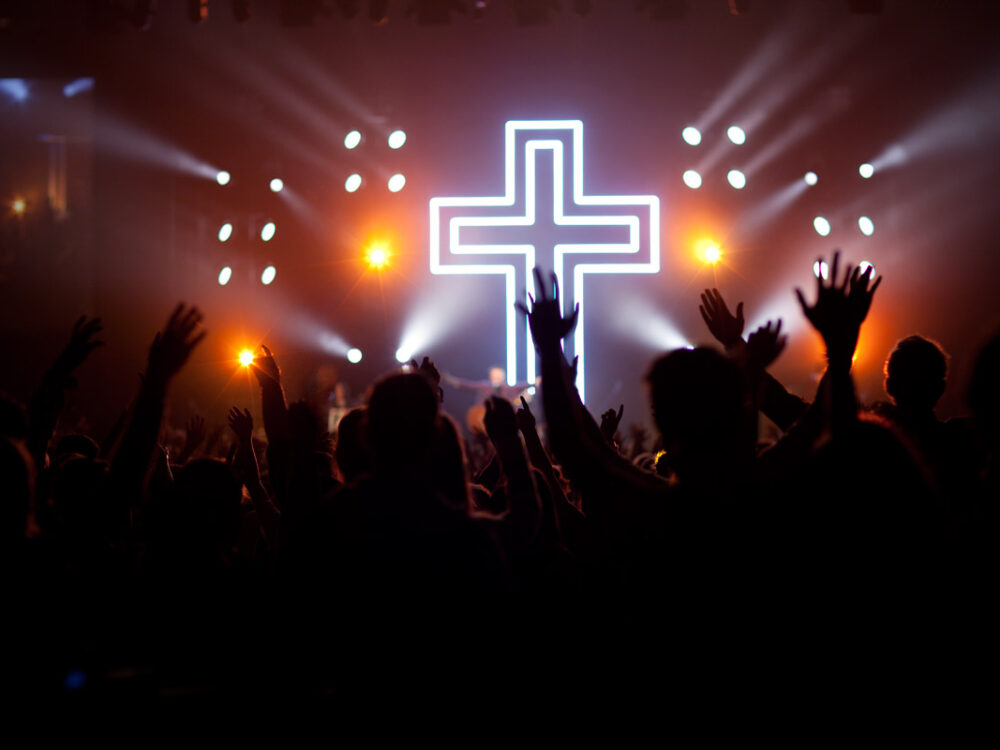

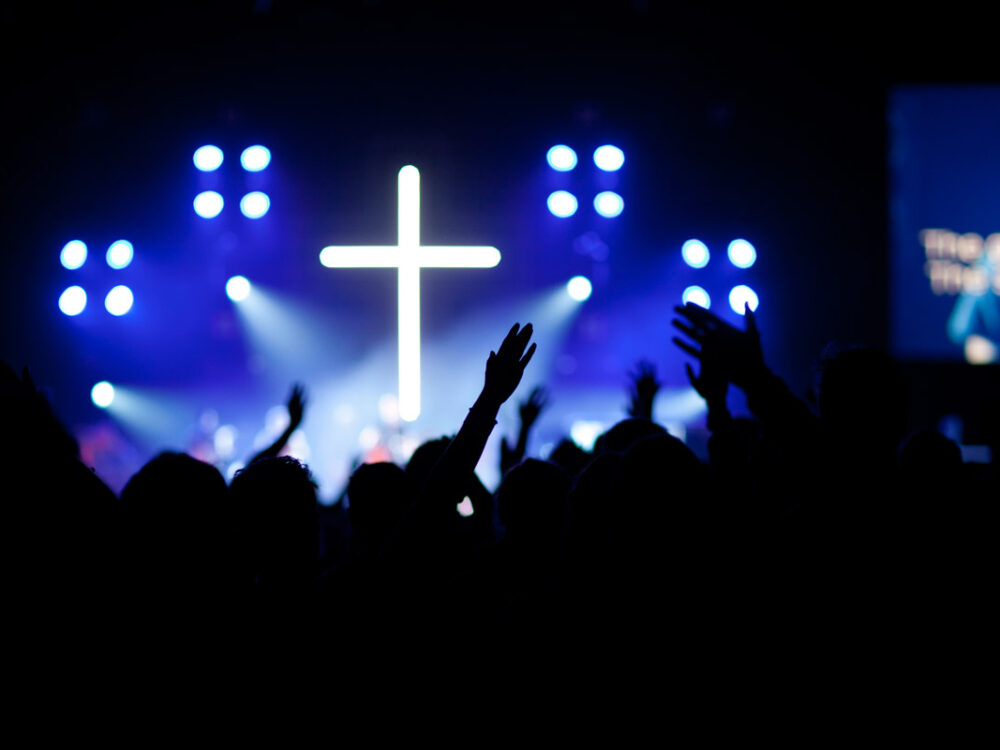
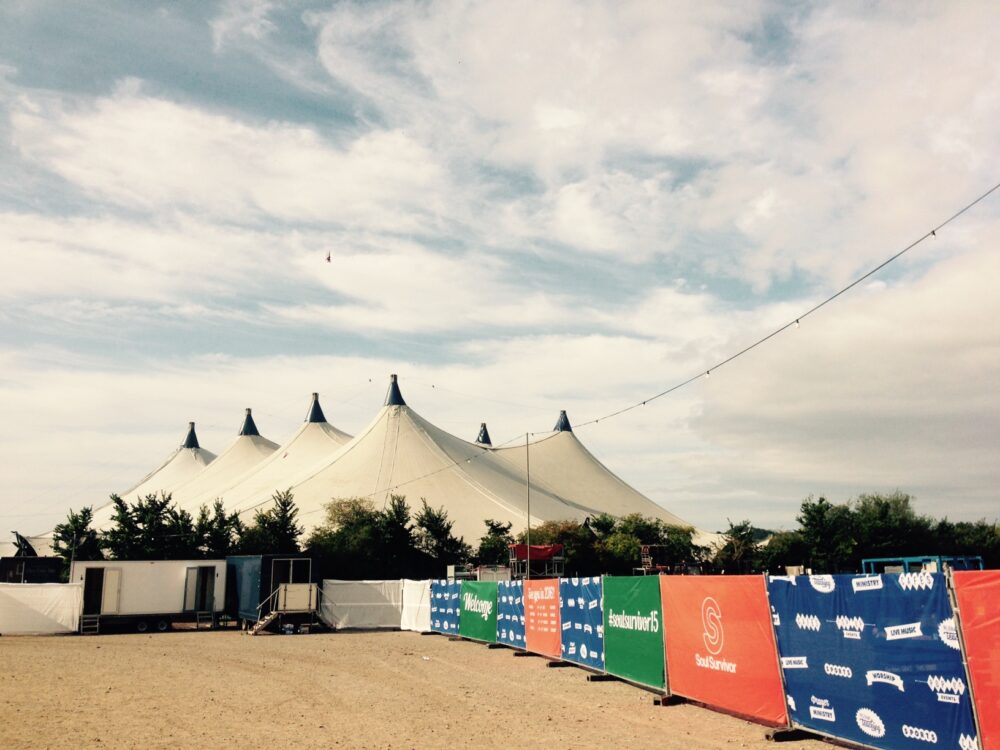
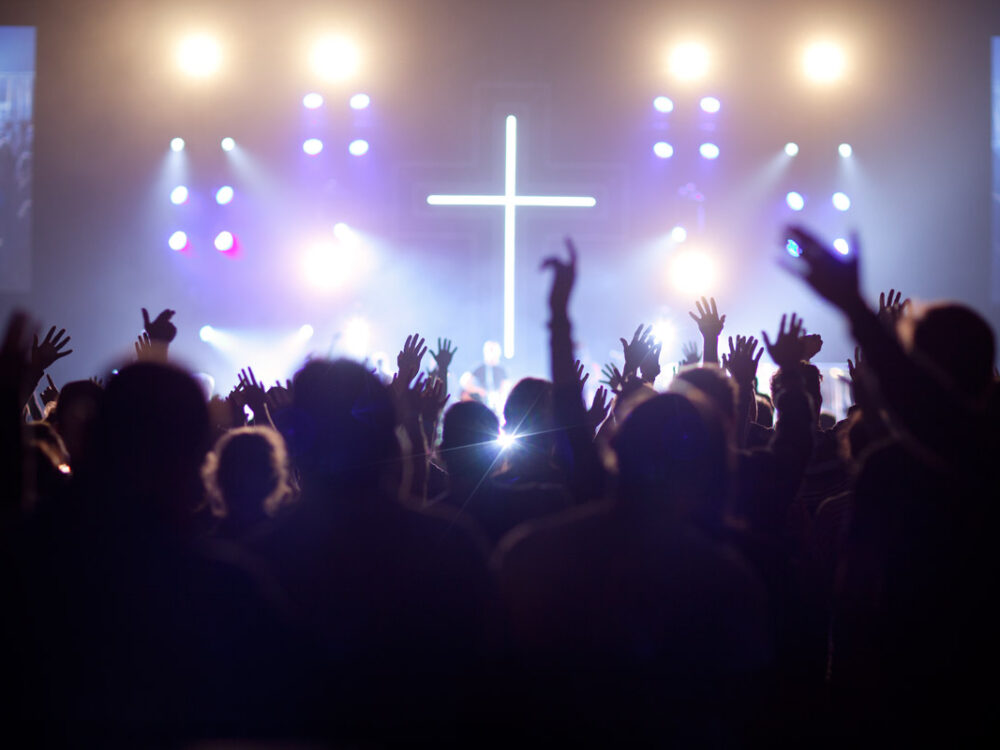
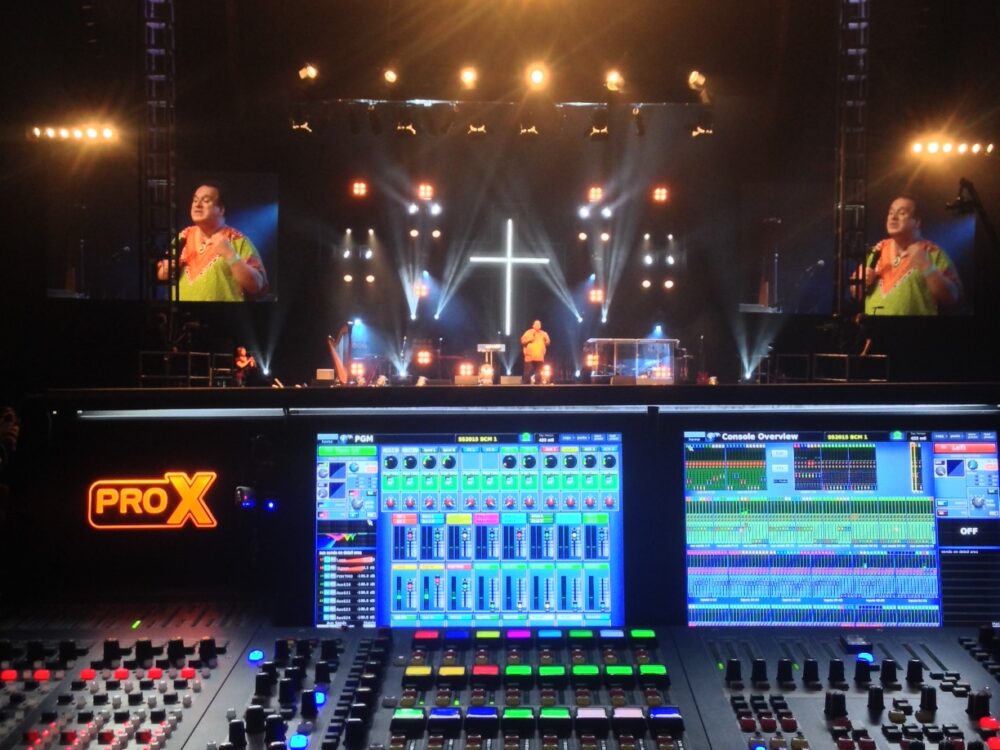
PRODUCT FOCUS: ArrayProcessing
The ArrayProcessing function applies powerful filter algorithms to optimize the tonal (spectral) and level (spatial) performance of a line array column over the audience area defined by its mechanical vertical coverage angle. Within the d&b ArrayCalc simulation software, spectral and level performance targets over the listening areas can be defined while specific level drops or offsets can be applied to certain areas, to assign reduced level zones. ArrayProcessing applies a combination of FIR and IIR filters to each individual cabinet in an array to achieve the targeted performance. In addition, ArrayProcessing employs the same frequency response targets for all d&b line arrays, to ensure all systems share a common tonality.
